Companies often overlook cloud-based asset management when thinking about tracking or caring for inventory or the items a company owns. Part of the issue is that the term isn’t always clearly understood. Cloud-based asset management is different from cloud asset management.
Cloud asset management is generally understood as the organization and administration of company assets that are located in the cloud, such as patents, engineering surveys, or digital productions.
Cloud-based asset management, on the other hand, deals with handling physical objects such as tools, fleet, medical equipment, and office supplies. These items are not located in the cloud, but they are managed there.
There are many reasons why an organization might opt for cloud-based asset management. It is flexible and applicable to large and small companies, from hospital systems to major airports to a small auto repair shop.
As long as the program is effective, with its assets integrated into a system, there’s no limit to the efficiency improvements it can bring.
In this article...
8 Benefits of Cloud-Based Asset Management
It’s possible to keep track of assets as people have counted them for centuries, manually. Using pen and paper or even spreadsheets might seem comfortable, but these forms are outdated, prone to error, easy to lose, and not nearly as secure as cloud-based asset management.
Turning to cloud-based asset management is a wise investment for many reasons. Here are just a few.
1) Accessible, Centralized Information
When companies use old fashioned forms of asset management, such as handwritten ledgers or single computer databases not based in the cloud, that means only a few people, or only one person, can access the data.
This is inefficient.
If an office location is closed, or the person who normally accesses the information is absent, others are forced to do without it.
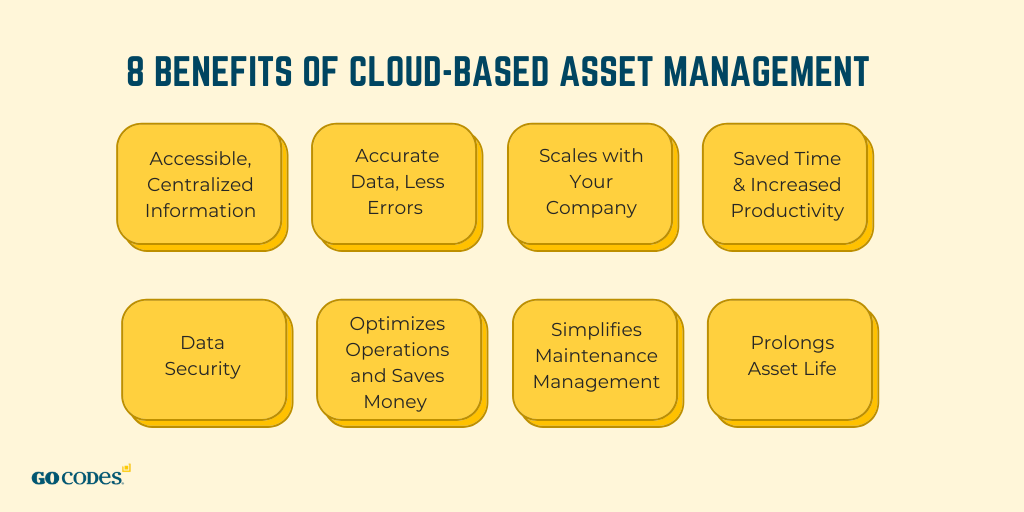
The 2020 COVID-19 crisis has illuminated the recklessness of adhering to this form of organizing information. With businesses and nonprofits forcibly shut down overnight, employees found themselves working from home and attempting to complete tasks without vital statistics and client contact data.
Companies that were already using cloud-based asset management, however, were much more suited to the conditions of the economic shutdown.
Employees were already accustomed to working with information in the cloud and interpreting it correctly and efficiently—all from home, some on their own devices. They were able to provide clients with automatically updated information and communicate with team members, all of whom were working with the same real-time data.
Keeping information centralized is efficient and effective, even when a company is not working under extreme conditions of a national shutdown.
It means that only one copy exists of data blocks, no matter who has the program “open” or has saved the information more recently. In an economy that is shifting ever more rapidly to remote work, with clients expecting immediate attention and answers, access to current information on the go is vital.
2) Data Accuracy Without Lost Records
Handwritten logs are updated only when employees remember to do so, and are usually rife with errors. Different handwriting, hastily calculated data, and information that might be added under stress or distraction also cause problems.
Old fashioned spreadsheets face the same difficulty.
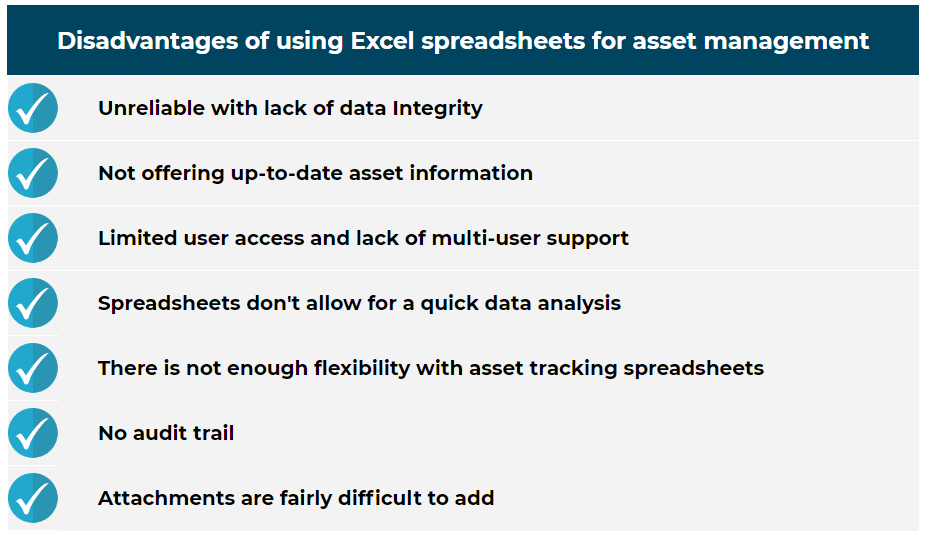
The information within might need to be manually saved and is prone to errors just as much as the information in a binder or notebook. Cloud-based software does not suffer under these restrictions.
Cloud-based software, on the other hand, saves data automatically. In fact, some software solutions, such as GoCodes Asset Tracking, can also generate financial reports with just a few clicks. This analysis is instant, accurate, and auto-calculated.
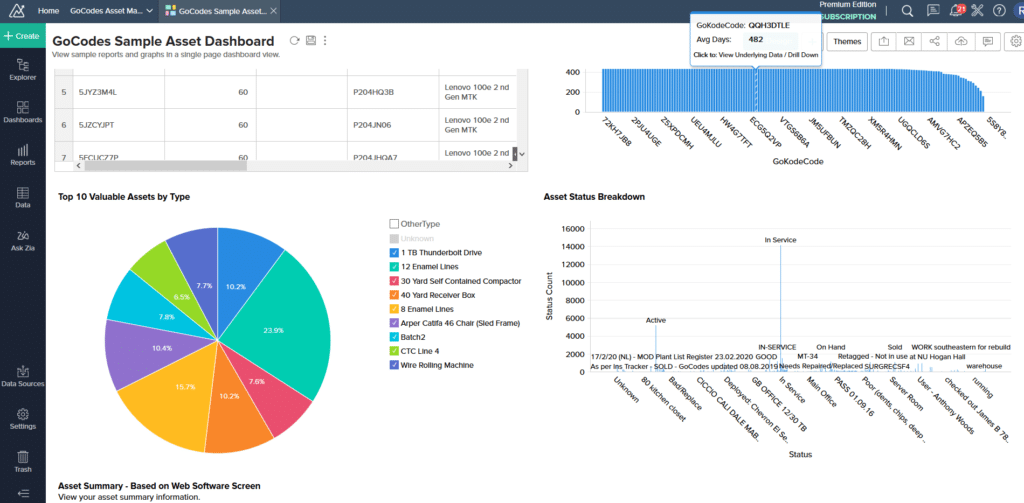
In addition, companies must deal with protecting and storing data, whether on paper, hard drives, thumb drives, or other outdated forms. Even if backed up on a more modern form of technology such as data cards, the material must still be secured separately from the in-house software.
This, however, does not protect the data from fire, theft, water damage, or natural disasters. If they want to protect themselves from disasters, companies must resort to expensive off-site storage.
Storing data off-site is an economic drain and an annoyance to employees when access to older material is necessary.
3) Unlimited Scalability
Cloud-based asset management is a forward-looking strategy. It’s not a typical shift to the latest and greatest technology which will require replacement with another, completely different form of handling assets in just a few years.
Cloud-based asset management software is implemented as a software-as-a-service (SaaS), which allows a company to scale in proportion to its goals.
As a result, the organization is able to shift its plans and focus as its mission or economic changes demand. A company’s abilities and ambitions are not limited by its asset management system when it is based in the cloud.
4) Saved Time and Increased Productivity
Asset management software saves the time of stakeholders and employees while increasing productivity.
It boosts productivity by intuitively providing information about equipment utilization and allows for rapid equipment check-ins and check-outs, whether by employees, third-party contractors, or clients.
Managers and shift change employees no longer have to keep paper logs or remember to log into single point terminals. Instead, a quick scan will provide all the information necessary, and assets can be tracked automatically. This is possible for fixed as well as movable assets.
Daily tasks and regular audits are easily streamlined with asset management software.
These systems allow teams to collaborate across multiple worksites using cloud-based, smartphone, or tablet-accessed software. Cloud-based systems save employees the trouble of having to scramble to reach the few people who might have access to the information they need.
A company’s workflow will become more efficient, and unnecessary interruptions, as well as distractions and management disruption, will decrease.
5) Secure Data
Cloud-based asset management provides several security benefits. The following paragraphs explore them in more depth. :
Encryption
Information sensitive for financial, security, or competitive reasons can be kept safe with end-to-end encryption when necessary. This is in direct contrast to outmoded forms of logging.
With those forms, sensitive data was potentially available to anyone who gained access to an important binder or a computer terminal without password protection.
Conversely, with cloud-based asset management, in some cases, even IT professionals do not have access to passwords or other highly secure information.
User Logins
With a cloud-based system, every employee will have a PIN-protected user login that requires a password only the user will know.
Most cloud-based asset management systems require complex, regularly updated passwords. Those updates are usually available only via system administrators and obtained through an employee’s corporate email address.
Different Access for Different Roles
A third party contractor who is on a site for only a few hours might require temporary access to certain data; he or she has different needs than a member of the information technology team, the maintenance department, a temp worker doing inventory, or the chief financial officer.
Cloud-based asset management allows for access only in specific areas and only to those who need it.
If the warehouse workers don’t need to see what the security staff does, it is possible to restrict their access using this software solution. If need be, no one person will have access to all data unless the system administrator deems it necessary.
Automatic System Updates
Asking employees to take time out of their daily tasks and workflow to install system updates can be inefficient and bothersome. Employees who are not technologically proficient might struggle with such a task.
When an organization is using cloud-based tracking, systems are usually set to update automatically at idle hours, across different time zones if necessary.
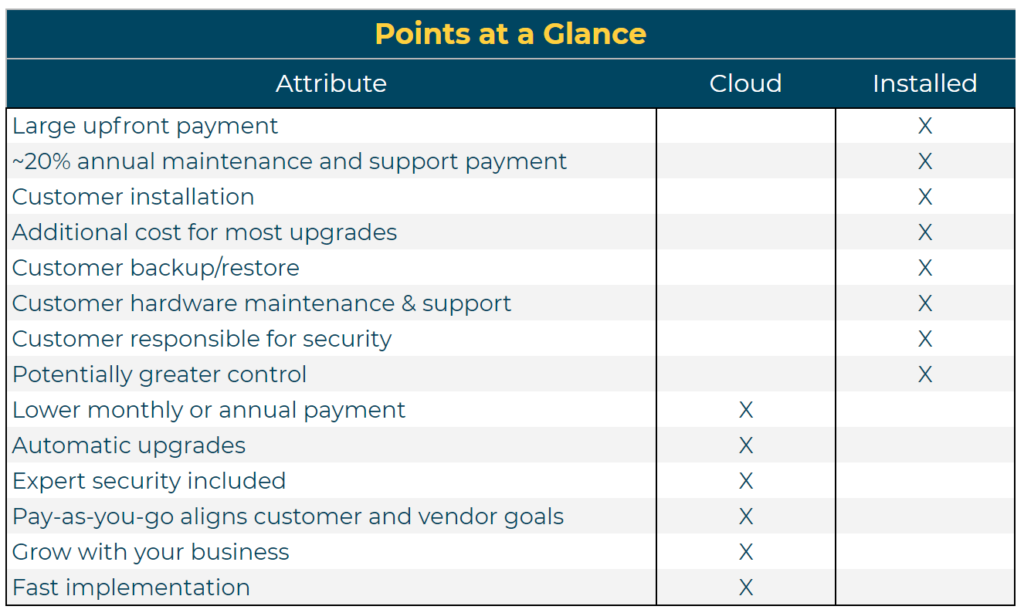
Employees will come to their apps, tablets, or work stations ready to dive into a new shift or list of goals for the day.
Cloud-based solutions make all of this possible, and network administrators have the ability to upgrade or downgrade access as necessary from a remote workstation.
Data security also enables IT professionals to work on the system offsite, providing solutions and updates to whichever location necessary.
6) Money Savings
A cloud-based asset tracking software system saves money in several ways. It is an investment across several categories.
First, the SaaS model eliminates storage overhead and inefficiency. This makes the model less expensive than many other forms of tracking, particularly in the first months and years of use when the company first eliminates the costs of maintaining other storage options.
In addition, its scalability allows for minimum costs for companies with fewer assets, as price scales together with the company’s needs.
By streamlining asset maintenance through such advantages as automatic preventive maintenance scheduling and overview, the software system quickly pays for itself, recouping the company’s investment.
7) Simplified Maintenance Management
Cloud-based asset tracking means that manufacturer-suggested maintenance takes place on time, as scheduled.
The system’s ability to schedule maintenance, immediately produce a record of appointments, actions, and contact information of contractors assures regulatory compliance and warranty upkeep. This avoids potential fines, as well as costly out-of-warranty repairs.
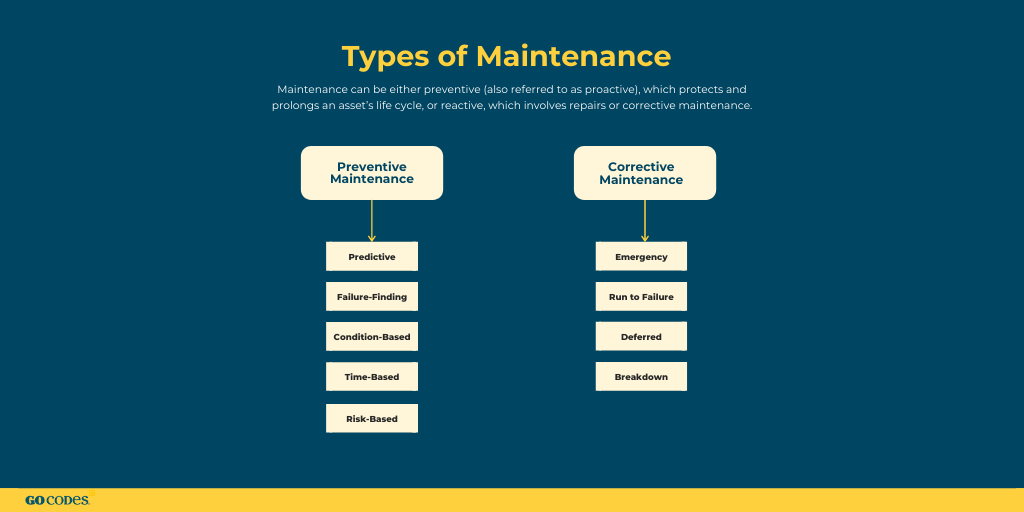
Keeping maintenance schedules on an automatic reminder system saves employees time and allows them to concentrate on specific job tasks.
A cloud-based system allows users to track ambient temperature, work hours, RPM’s, and shift changes automatically, which means that the condition of an asset can be monitored and recorded in real time.
Not only does this allow decision makers to watch for potential breakdowns and pinpoint the conditions under which an asset operates best, it increases worker safety, too.
A crew involved in a parallel project or task might not be focused on the performance of a nearby piece of equipment. With cloud-based asset tracking, however, a remotely placed employee or automatic trip alarm will potentially save money, time, and even lives.
Simplifying maintenance benefits not only employee satisfaction and safety, but the bottom line as well.
8) Longer Asset Life
Asset recovery and locating is possible with cloud-based asset tracking. Often items can be fixed with a Global Positioning System (GPS) tag that is undetectable to thieves. The ability to pinpoint and recover assets that are accidentally misplaced or forcibly removed is invaluable.
It’s even possible to place small GPS tags in discreet locations to avoid potential detection and removal.
Preventive maintenance is a major contributor to longer asset life. It helps detect problems before they develop and catch small repairs before larger ones are necessary.
For example, regularly changed filters keep an engine running smoothly, and noting worn tire treads will prevent a costly blowout and breakdown in the near future.
Calculated depreciation records are a major part of working with an asset’s useful life.
Knowing how well the asset is performing on a daily, hourly, or even minute-to-minute basis enables decision makers to plan and budget for its replacement or resale.
This is also useful to employees, as it assures them that their safety and work are valued; providing them safe and up-to-date equipment is a wise investment which always pays dividends.
Preparing for new equipment allows employees to plan for training sessions, operate to failure scenarios, client scheduling, and price comparison. Panic buying in order to stay on a schedule can leave team members scrambling or working on equipment for which they have not had the proper time or opportunity to train.
Projecting an asset’s life cycle is beneficial for the entire organization.
Conclusion
Any business can benefit from transferring from inaccurate and inefficient forms of asset tracking to cloud-based asset management. Caring for and tracking assets all along the supply chain is useful for clients as well as employees.
Allowing for as-needed access, modern security, and automatic maintenance management is a decision that will prove advantageous for years to come.
Cloud-based asset management will positively impact each employee in your organization, from stakeholders and decision makers to hourly employees.
Increased productivity, longer asset life, and centralized information which is protected from theft, fire, and natural disaster creates peace of mind, decreases the need for storage or outdated security.
All of this gives your business more room to grow.
GoCodes Asset Tracking Can Help
We use QR code tags with a unique visual code that you can scan with your smartphone. When scanned, GoCodes Asset Tracking tags provide GPS information about the location, usage, and condition of your asset, making it super easy to optimize your business operations.
Sign up for a free trial here.









